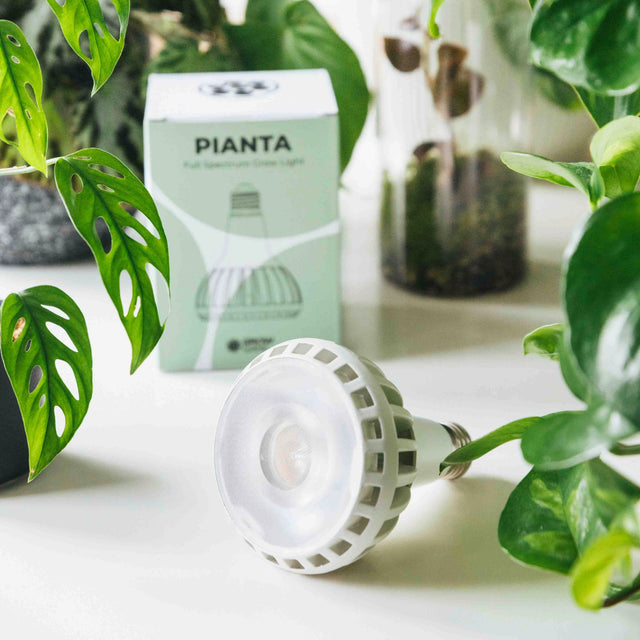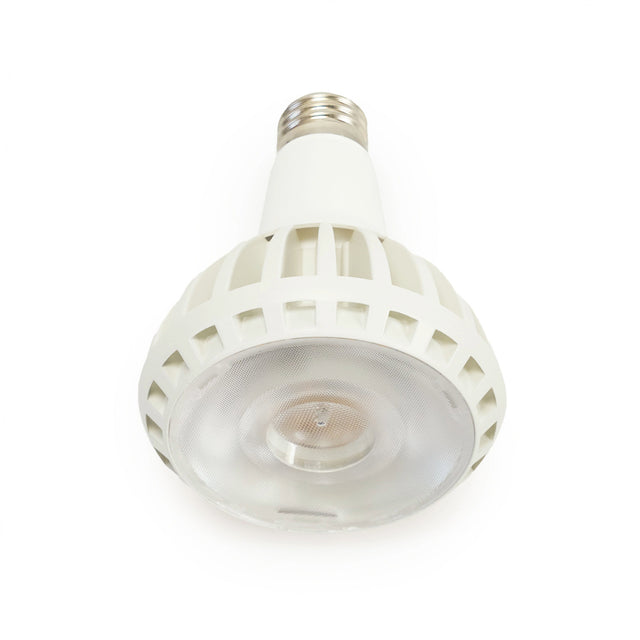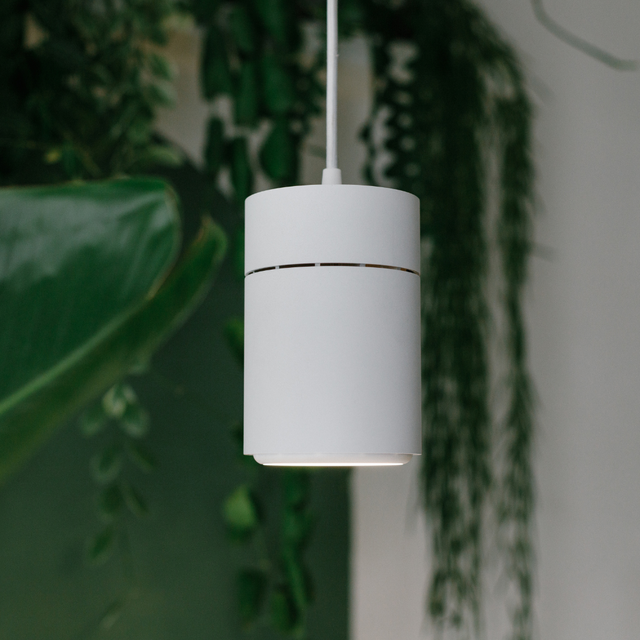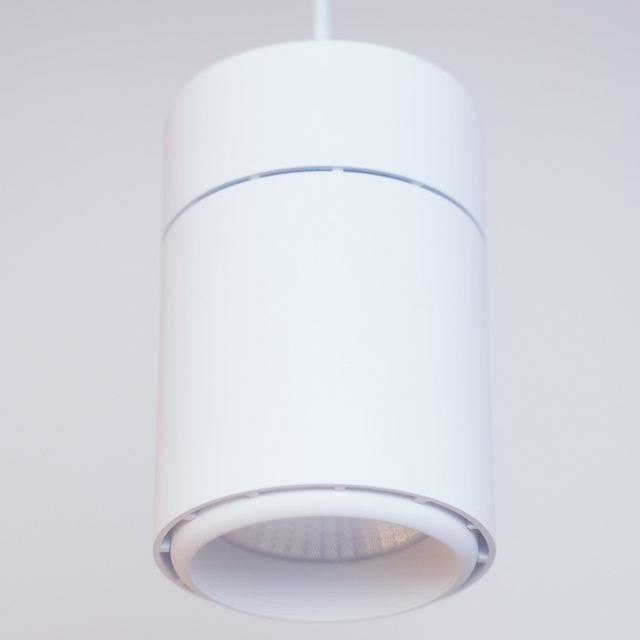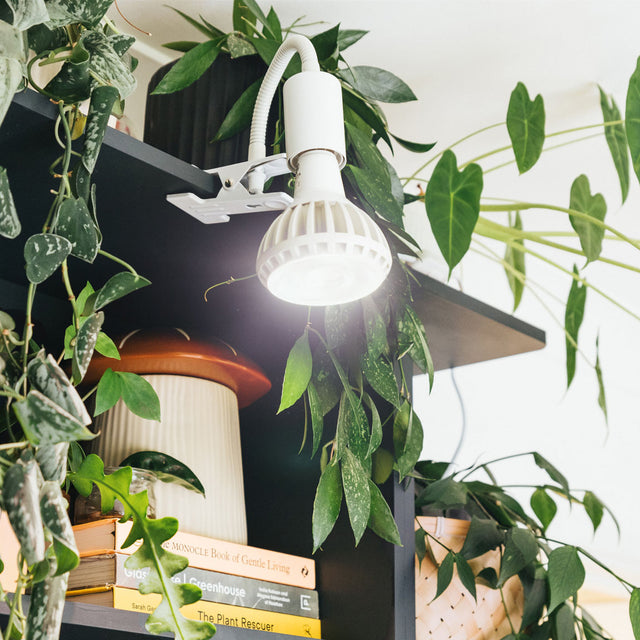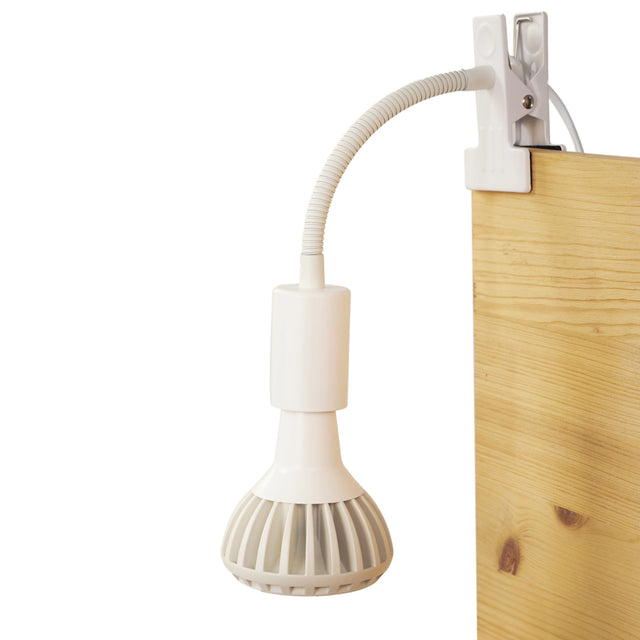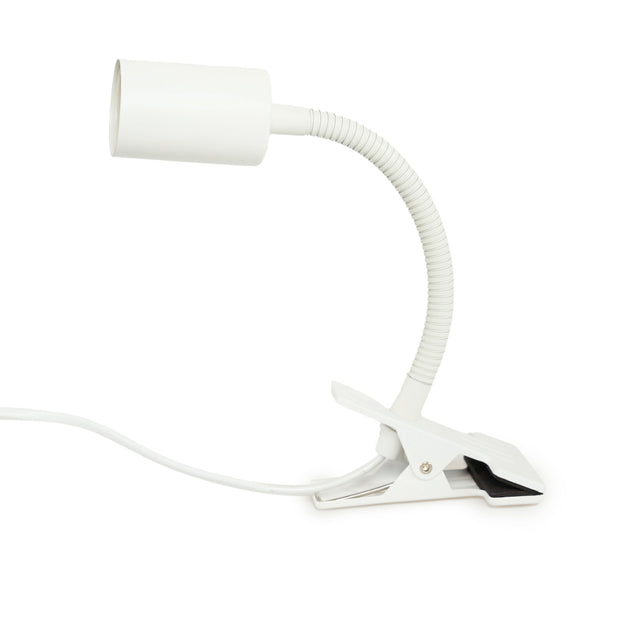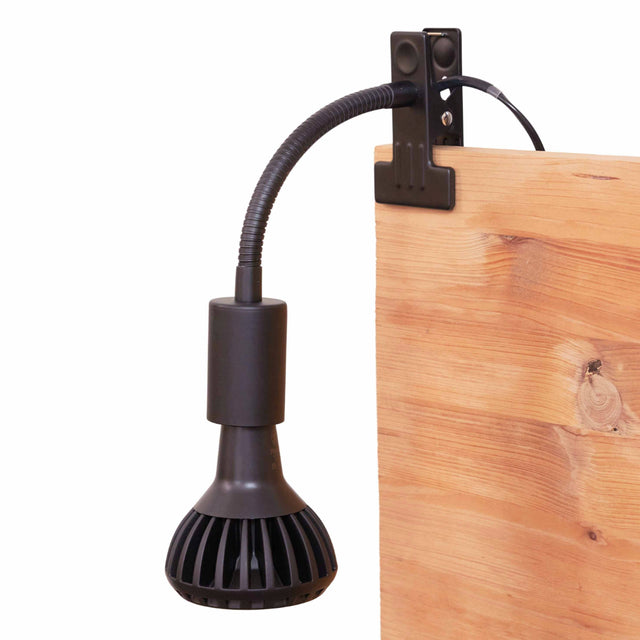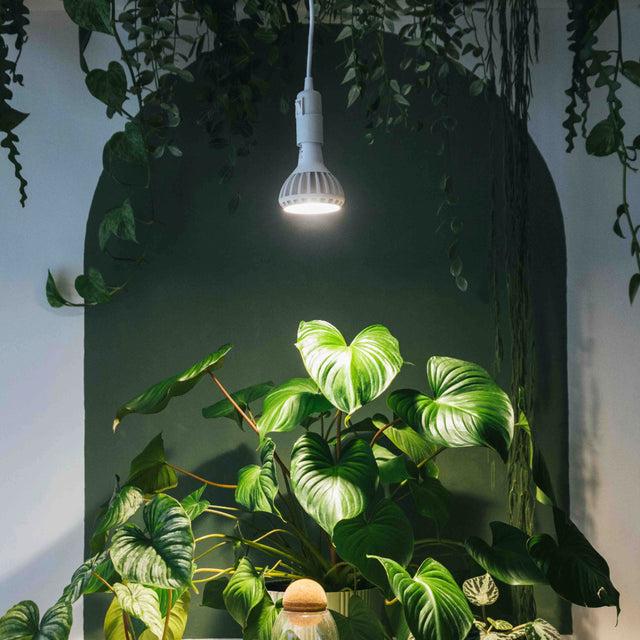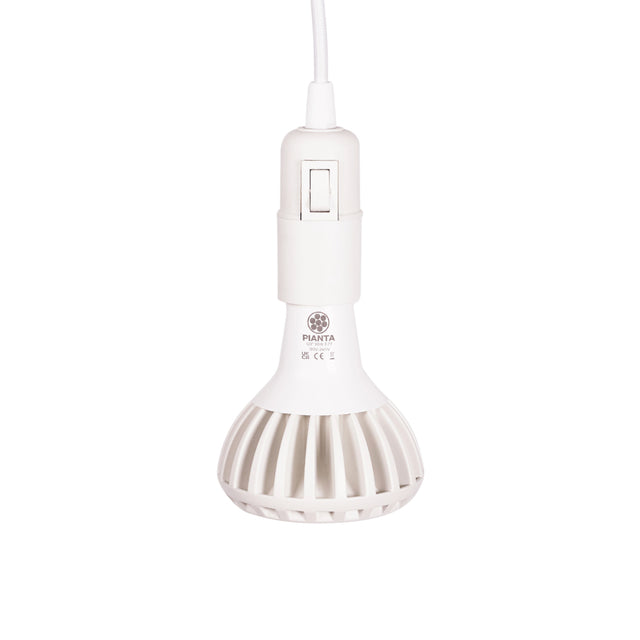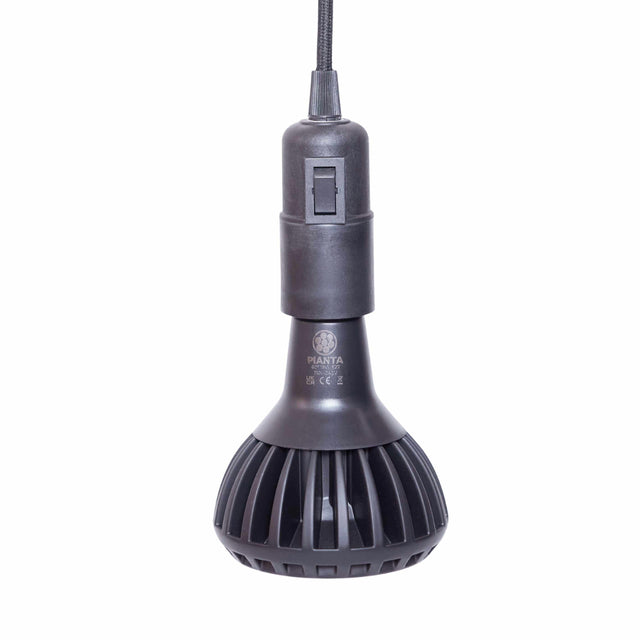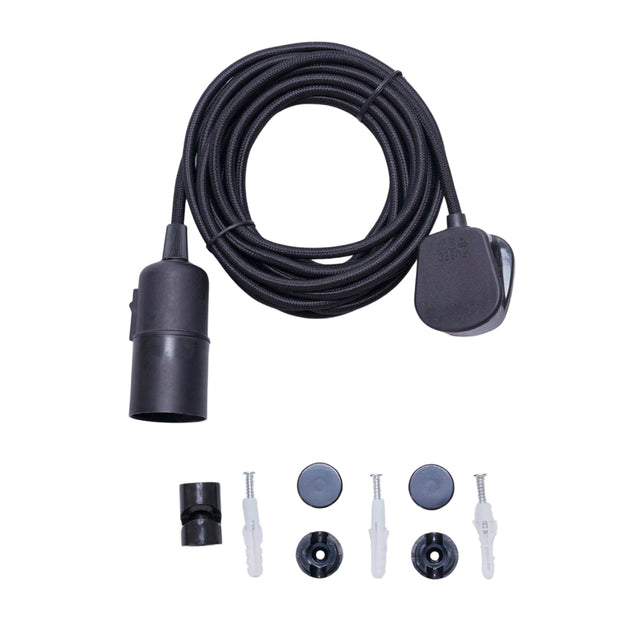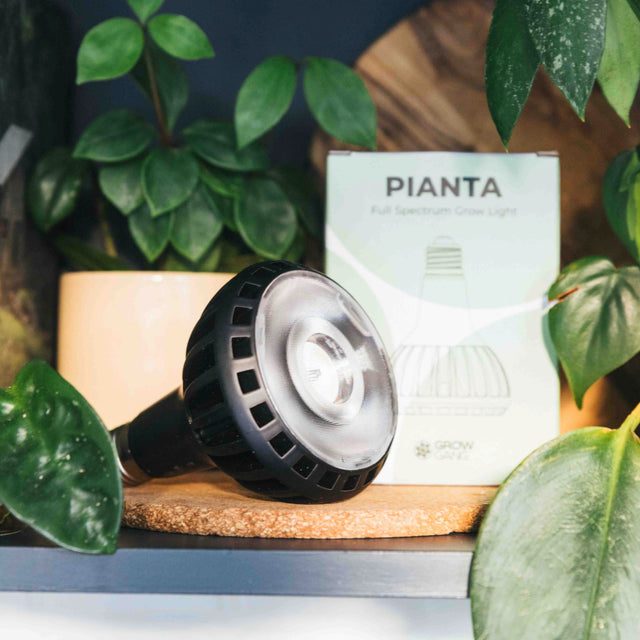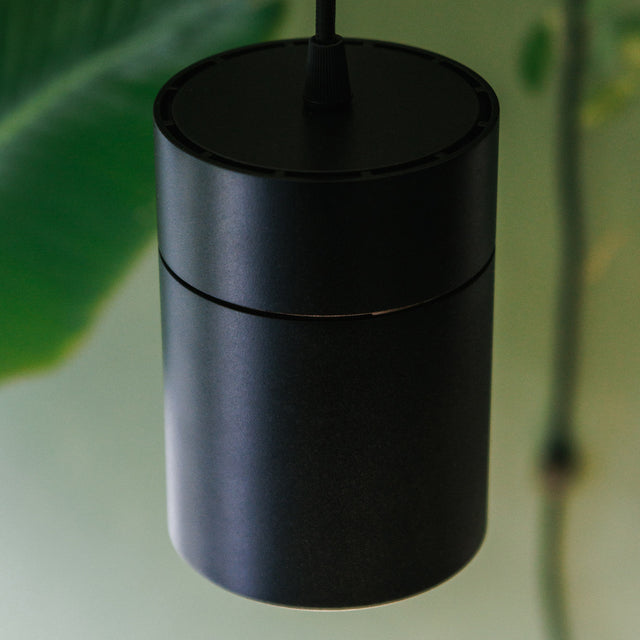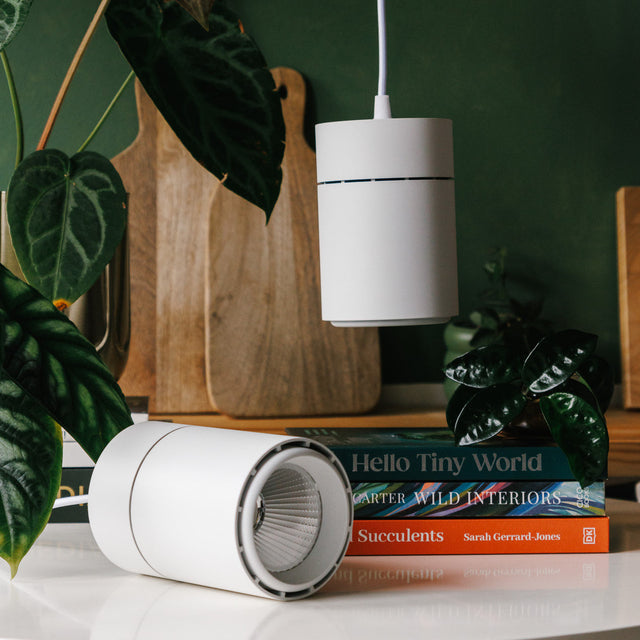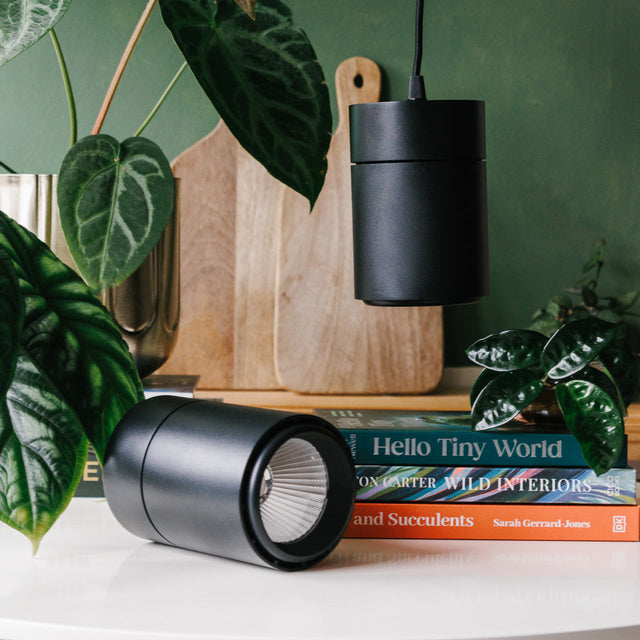
🔬Scientific name: Oncidium (Family: Orchidaceae)
🌍 Origin: It originates from the tropical and subtropical regions or Central and South America. These orchids often grow on trees or on rocks, relying on humidity and airflow rather than soil.
Lighting
Lighting requirement: Bright, indirect light
Similar to what they would receive in their natural environment, oncidium orchids generally prefer bright, indirect light. Strong midday, direct sunlight can be too intense and cause its blooms and leaves to damage. East or west-facing windowsills are ideal, and south-facing windows may require protection from harsh midday sun by using sheer curtains or shading.
You can also use a use full-spectrum LED grow light for optimal light. By positioning them 20-30cm from the light and aiming for 12-14 hours or light a day, these orchids will thrive.
Watering:
Onicidium orchids have thickened stems that retain water and are more drought tolerant. They prefer drier potting mediums
Don't let it completely dry out before watering. Generally every 2-10 days when the top 1-2 inches of the potting mix feels dry. During it's growing season (spring and summer), it's best to water more often than in it's dormant season (autumn and winter) where watering every 10-14 days is ideal.
Humidity
These plants prefer moderate to high levels of humidity between 40% and 70%, similar to their natural tropical environments. While they can tolerate lower humidity levels of 30%, maintaining it's humidity helps to support healthy roots, vibrant leaves, and consistent blooming. Air circulation is also crucial to help prevent fungal or bacterial diseases.
To maintain humidity:
- Use a humidifier: for consistent, controlled humidity
- Humidity tray: Place it's pot on a tray with pebbles and water (the pot should sit above the waterline)
- Grouping plants together: create a microclimate with other humidity loving plants
Regular light misting in the mornings can also help increase humidity. Signs of low humidity include brown or wrinkled leaf tips and shrivelled stems. For signs of too much humidity, watch out for root rot and fungal diseases. With consistent care, your oncidium orchid can thrive.
Fertiliser:
Oncidium orchids require regular fertilisation during their active growth period. Use a diluted solution to avoid root burn. A balanced feeding routine will encourage strong roots, healthy leaves, and vibrant blooms.
During their active growth period (spring and summer) fertilise every 1-2 weeks. Always feed after watering as feeding on dry roots can cause root burn.
Temperature:
These orchids thrive in a wide temperature range but generally prefer intermediate to warm temperatures. They thrive with day temperatures between 21ºC to 30ºC and enjoy a slight drop at night between 16ºC to 18ºC which encourages blooming.
Signs that your oncidium orchid is too cold are slowed growth, yellowing leaves, and buds falling off before opening. Some signs that your orchid may be too hot are scorched or wrinkled leaves and poor flowering. Keep this plant away from drafts or radiators for optimal temperatures.
Oncidium orchids flourish in a wide range of temperatures, making them ideas for indoor growing!
Troubleshooting and Pests:
Oncidium orchids can face issues from pests and improper care. Even with the best care, your plant may still face signs of stress or encounter other issues. Wrinkled or Shriveled stems may be a sign of underwatering, root rot, or poor humidity. Yellowing leaves may be a sign of overwatering, poor drainage, or low light. Be sure to check the root health, adjust watering frequency (letting soil dry between waterings), ensure the pot has drainage and provide bright indirect light. To stop the leaf tips browning, increase the humidity. No flowers or bud drop can be a sign of low light, temperature shock, or overwatering. To prevent this, increase the light, maintain consistent temperatures, and avoid overwatering.
Common pests include spider mites, mealybugs, scale, aphids, and fungus gnats. The signs of these pests include tiny webs, white cottony clumps, small brown bumps, sticky residue, and small flies near soil. To treat your orchid, use neem oil, insecticidal soap, or use sticky taps. To prevent pests, inspect your new plants before adding them to your collection as they may spread. Avoid overwatering as fungus gnats love soggy soil, and wipe the leaves often.
Height:
This orchids height may vary depending on the species or hybrid, ranging from 15cm to over 3meters tall (usually in its natural habitat).
Oncidiums are known for their tall and delicate flower sprays. They can make the plant look dramatic and 'dancing' when in bloom. This is why they are often nicknamed as "dancing lady orchids".
Is It Toxic To Pets?
No, these orchids are generally considered non-toxic to pets. However its always best to discourage nibbling or monitor your pets as chewing can lead to mild stomach upset if ingested in large quantities.
